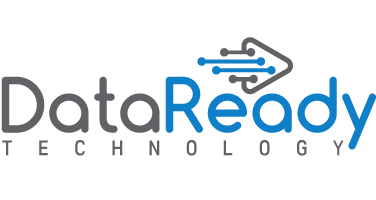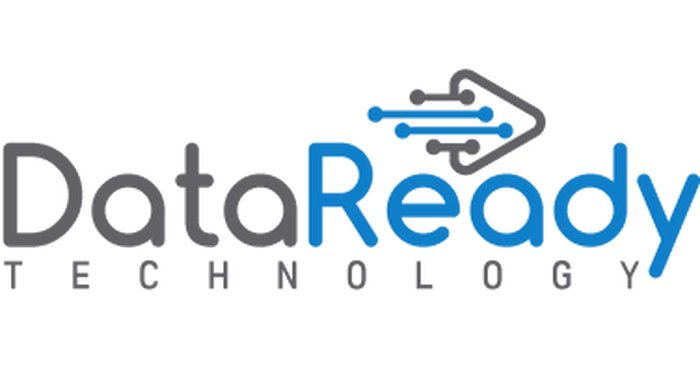
Telecommunications
The management and maintenance of telecommunications infrastructure presents an especially complex problem under the best of circumstances. Traditionally the only feasible approach was to perform preventative maintenance and then hope that reparative action could be performed without too much downtime when outages occurred. With DataReady’s platform this inefficient approach can be improved to a significant degree.
Call Data Recording (CDR) data analysis can pinpoint when and where things go awry.
Predictive and Preventative Applications
As detailed above, in the telecommunications sector it is especially desirable to maintain up-time and an acceptable service level, here are two ways DataReady’s platform can be applied to service these goals:
- Spotting patterns of erratic behavior in machine data or any other form of indicator that can appropriately be fed into the analysis program can pre-emptively indicate that an outage is about to occur as well as where it is localized. Clearly this ability is invaluable to any telecommunications firm.
- Call Data Recording (CDR) data analysis can pinpoint when and where things go awry, which is especially useful since many of these types of problems are intermittent and rife with nuisance variables. With real-time CDR data analysis the system can direct engineers to areas of genuine concern and help address issues that impact the end-user in a negative way without the need for customer complaints and a reactive stance. Not only will this improve client perceptions of service quality with all the benefits that this implies, but the network will spend more time generating revenue, yielding both direct and indirect boons to the revenue stream.
Revenue Generation Applications
Apart from these preventative measures, service providers can also benefit from direct revenue generation improvements using the DataReady Platform.
Targeted package promotions based on the customer usage in real time can be delivered to match real customer need: eg customer traveling in US makes a call will be charged expensive roaming charges. With real-time data, service providers can promote a new economical US package to the customer at the right time and price point saving the customer roaming charges producing recurring revenue and a happy customer.
The same outcome can be achieved with data plans
- For data service providers, bandwidth represent a primary resource. The allocation of bandwidth to clients can have serious negative impacts for the organization if done poorly. By using predictive, real-time algorithms it is possible to seamlessly shift bandwidth allocations and network policies so that resources are optimally distributed. Furthermore, these changes can be based on models built from historical usage and peak-demand data. This ensures that bandwidth is optimally resold without causing user outages. Not to mention the fact that more precise bandwidth allocation controls may allow for better pricing models and therefore a competitive edge.
Case Study #1
Telecommunication Use Case #1
A enterprise company with video transport delivery business unit with internationally recognized clients, including most of the major studios in Hollywood, started losing market share in the exploding video transmission market space.
Problem
- 40% of orders missed the Service Level Agreement (SLA), 26% had slipped to between 12 and 24 hours
- Each problem ticket impacted revenue, hurt reputation and affected ability to complete
- Manual troubleshooting had meant teams of knowledge workers had to check log files on all servers
Action
- Real Time analytic solution quickly identified a back office order process was being overwhelmed by demand for services
Result
- Order entry, network provisioning, fulfillment and troubleshooting systems optimized with Real Time technology
- Problems now be identified in seconds due to centralized reporting
- Proactive monitoring of order process with the ability to action or trigger alarms for immediate remediation means missed SLAs eliminated.
Business benefits:
- 100% of orders processed on time. ROI took only three months
- $600 thousand operational savings Business benefits:
- 26% increase quality of service.
- Troubleshooting reduced from hours to minutes.
- Problems identified in seconds rather than hours.
- Optimal use of IT resources.
Case Study #2
Telecommunication Use Case #2
The movie “The Interview” was about to be released online, a leading company in the digital transport space had no real time method to capture sentiment about its service or content being delivered over its network. The overriding concern of the company was to provision their network for this worldwide event and to gauge the public sentiment given all the notoriety and unprecedented publicity
Problem
- Service provider had no way to measure customer sentiment
Action
- Real time analysis eliminated service bottleneck
- Real time integration to Twitter and Social Media Analytics
Result
- 20000 hit first hour revealed service rating went from poor to excellent
- Sentiment metrics around services, content and brand delivered in real time – priceless
Business value:
- Mechanism to measure customer sentiment in real time
- Operational excellence Real time analysis identified order fulfillment problem
- Service repair shrunk from 24 hours to only minutes
- Rating for service went from poor to excellent in one week


